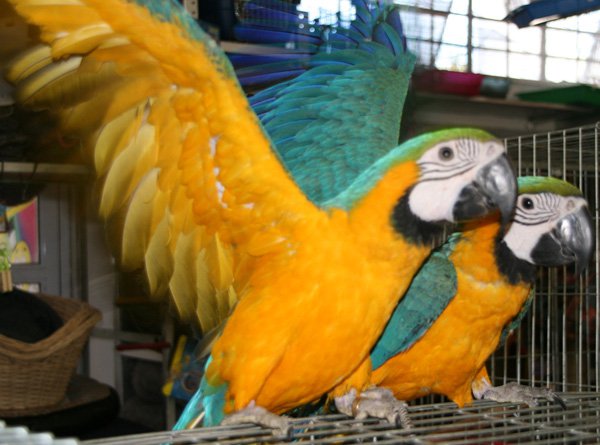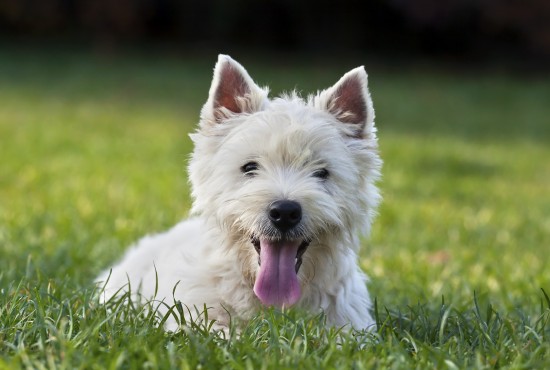
They may not be as popular as Labrador Retrievers and German Shepherd Dogs, Bloodhounds have been in existence for centuries. While the breed was popularly used to hunt during the Medieval period and track missing people or criminals in the 19th century, the Bloodhound is now starting to gain popularity among dog enthusiasts. Many families, even those with children consider the Bloodhound as their next canine pet due to this breed's gentle, kind, patient yet noble personality.
But despite their personality and remarkable skills in hunting, this breed needs Bloodhound training in order for them to behave properly and prevent undesirable behaviors from occurring. Training can be challenging at times but fortunately, there are many ways on how to get the desired training result. One way is to get to know more about the breed first before planning or deciding what training strategies to use. Additionally, knowing every little fact about the breed will give you an idea what to expect from your pet as he grows and during training itself.
The information most potential owners would like to know first is the breed's personality. As mentioned, Bloodhounds are gentle, patient, kind and loving dogs. These attributes should be considered when trying to decide whether or not to use force when training. As any gentle-tempered dogs, force or harsh training is not recommended for this breed. Owners should instead display calm yet firm and stern authority to enforce obedience.
Knowing this breed's working ability is equally important. Since the ability to follow a scent trail is remarkable, it would be difficult to divert their attention after catching a scent. They would tend to follow the scent and focus on it alone especially if you are out of their physical range. With this, Bloodhound training should not only include verbal commands, but also hand signals, body language as well as recognizing the sound of the whistle and its meaning. If your Bloodhound is not yet reliably trained with the necessary commands, make sure to practice in a safe area to prevent disappearing acts as well as injury to you both.
The Bloodhound is a short-lived breed with the average lifespan of 6.75 years. They are commonly affected with bloating, the most common cause of death among Bloodhounds. Knowing this, you have to bear in mind that exercise and other Bloodhound training activities must be avoided one hour before or after eating or drinking. These measures, along with placing food or water in raised bowls or feeder, are proven ways to lessen bloat. Eye, skin and ear ailments as well as cancer can also affect this breed.
Now that you have this information, it will be easier for you to understand your pet and the way he behaves and responds to things.
Audrey Taylor discovered that having a Bloodhound can be difficult without proper Bloodhound training. She tried to find out more about this breed and the information she discovered is now shared at her site dedicated to Bloodhound training.
 Plum Headed Parakeet
Plum Headed Parak
Plum Headed Parakeet
Plum Headed Parak
 Dogs are way better than us!
Dogs are way better than us!
Dogs are stunning
Dogs are way better than us!
Dogs are way better than us!
Dogs are stunning
 Are West Highland Terriers Good With Children?
Are West Highland
Are West Highland Terriers Good With Children?
Are West Highland
 5 Cat Breeds That Take Travelling In Their Stride
5 Cat Breeds That
5 Cat Breeds That Take Travelling In Their Stride
5 Cat Breeds That
 Norfolk Terrier Hereditary Health And Longevity
Norfolk Terrier H
Norfolk Terrier Hereditary Health And Longevity
Norfolk Terrier H
Copyright © 2005-2016 Pet Information All Rights Reserved
Contact us: www162date@outlook.com